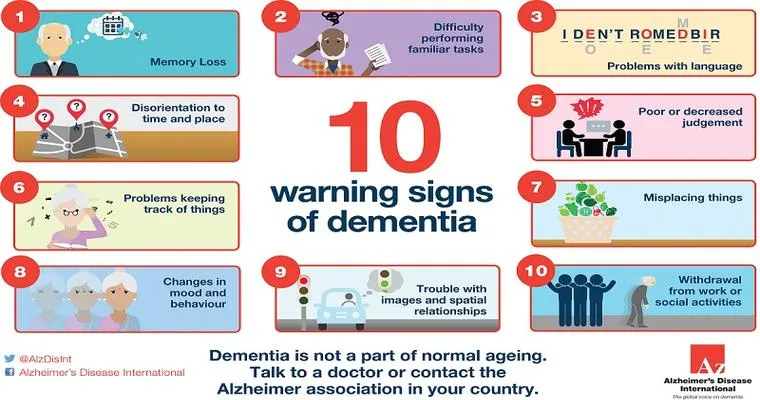Sundown Syndrome, also known as sundowning, is a phenomenon that can significantly affect individuals with "dementia" or other cognitive impairments. During the "fall" and "winter months", this condition can worsen due to various environmental and psychological factors. As daylight decreases and the nights become longer, many caregivers and family members notice an increase in "confusion", "agitation", and "restlessness" among their loved ones. Understanding the reasons behind this seasonal change and implementing effective strategies can help manage the symptoms associated with Sundown Syndrome.
As the seasons shift, several changes in daily life can impact individuals experiencing Sundown Syndrome. One of the most significant factors is the reduction of natural "light" during the fall and winter months. Natural light plays a crucial role in regulating our "circadian rhythms", which can influence sleep-wake cycles. For individuals with cognitive impairments, a lack of sunlight can lead to increased disorientation and anxiety as evening approaches.
Additionally, the colder temperatures and shorter days often result in less outdoor activity. Physical activity is essential for maintaining mental and emotional well-being, and its decline can contribute to feelings of "isolation" and "depression". These emotional states can exacerbate Sundown Syndrome symptoms, making it essential for caregivers to encourage regular physical activity, even indoors.
Another factor to consider is the change in routine that often comes with the fall and winter months. With holidays and varying family schedules, the familiar structure of daily life may be disrupted. This disruption can lead to increased confusion and anxiety for those with cognitive impairments. Establishing a consistent routine, including regular meal times and bedtime rituals, can help mitigate these effects.
To manage Sundown Syndrome effectively during these months, caregivers can implement several strategies. First, maximizing exposure to natural light during the day is vital. Opening curtains and taking walks during daylight hours can help regulate circadian rhythms. Additionally, using bright artificial lighting in the evening can create a more comforting environment and reduce the stark contrast between day and night.
Creating a calming evening routine is also essential. Engaging in relaxing activities, such as reading or listening to soothing music, can help ease the transition into nighttime. It is also beneficial to avoid stimulating activities or loud noises as evening approaches, as these can heighten anxiety and agitation.
Lastly, maintaining open communication with healthcare professionals can provide valuable insights and support. They may suggest specific interventions or medications that can help manage the symptoms of Sundown Syndrome during the challenging fall and winter months.
In conclusion, Sundown Syndrome can significantly worsen during the fall and winter months due to reduced natural light, changes in routine, and increased feelings of isolation. By understanding these factors and implementing effective strategies, caregivers can help improve the quality of life for individuals experiencing this condition. With the right approach, it is possible to navigate the challenges posed by the changing seasons while providing comfort and support to loved ones.





